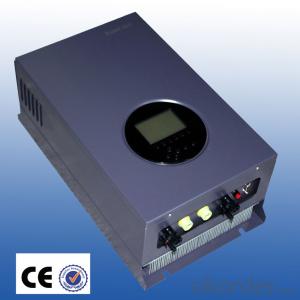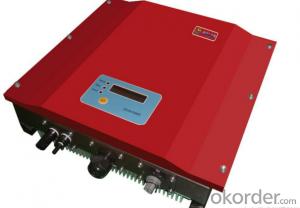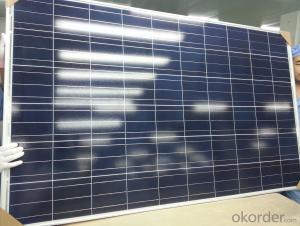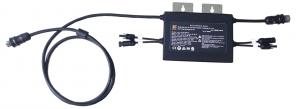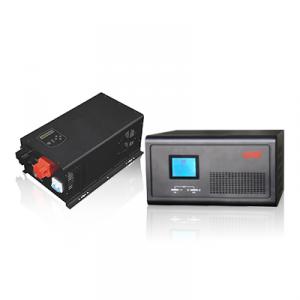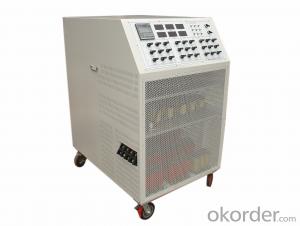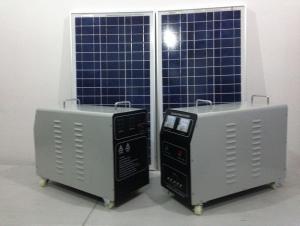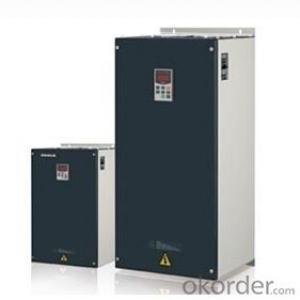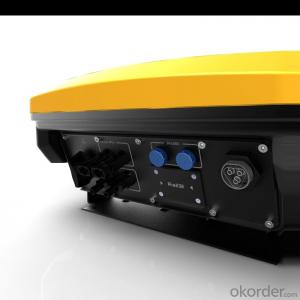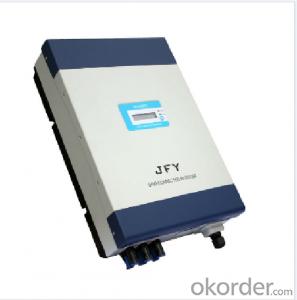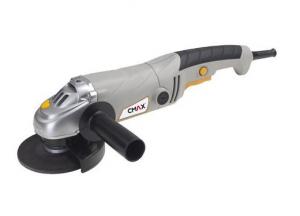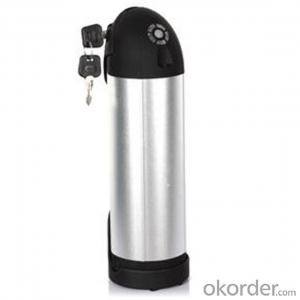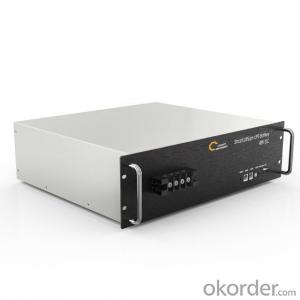500 Kw Solar Inverter
500 Kw Solar Inverter Related Searches
500kw Solar Inverter 500w Solar Inverter 500 Watt Solar Inverter 500w Solar Power Inverter Solar Inverter 500kw 500 Watt Solar Power Inverter Solar Inverter 500w Solar 500 Watt Power Inverter 500 Watt Inverter Solar Solar Power Inverter 500w Solar Inverter 500 Watt 500 Kw Solar Inverter Price 500 Watt Solar Inverter Price 500kw Solar Inverter Price Solar Inverter 500 Watt Price 5000w Solar Power Inverter 50 Kw Solar Inverter 5000 Watt Solar Inverter Solar Inverter 5000w 5000 Watt Inverter Solar 5000 Watt Solar Power Inverter 50kw Solar Inverter Solar Power Inverter 5000w Solar Inverter 50kw 500 Watt Solar Module 5 Kilowatt Solar Inverter 5.5 Kw Solar Inverter 50 Amp Solar Inverter 5kw Solar Inverter Solar 5kw Inverter500 Kw Solar Inverter Supplier & Manufacturer from China
The 500 Kw Solar Inverter is a high-capacity power conversion device designed to optimize the performance of large-scale solar energy systems. This advanced inverter efficiently converts the direct current (DC) generated by solar panels into alternating current (AC) that can be utilized by the electrical grid or integrated into various applications. It is engineered to handle the demands of substantial solar installations, ensuring maximum energy yield and reliability.The 500 Kw Solar Inverter finds its application in various scenarios, including utility-scale solar farms, commercial and industrial establishments, and even large residential complexes. Its robust design and high efficiency make it an ideal choice for environments where significant energy generation and reliable power supply are paramount. This inverter is also equipped with advanced features such as grid-tied capabilities, remote monitoring, and smart energy management, which further enhance its versatility and effectiveness in different settings.
Okorder.com stands as a reputable wholesale supplier of the 500 Kw Solar Inverter, boasting a vast inventory that caters to the needs of various clients. With a commitment to quality and customer satisfaction, Okorder.com ensures that each 500 Kw Solar Inverter is thoroughly tested and certified to meet industry standards. This extensive inventory allows for quick turnaround times and competitive pricing, making Okorder.com a preferred choice for those seeking to invest in large-scale solar energy solutions.
Hot Products









